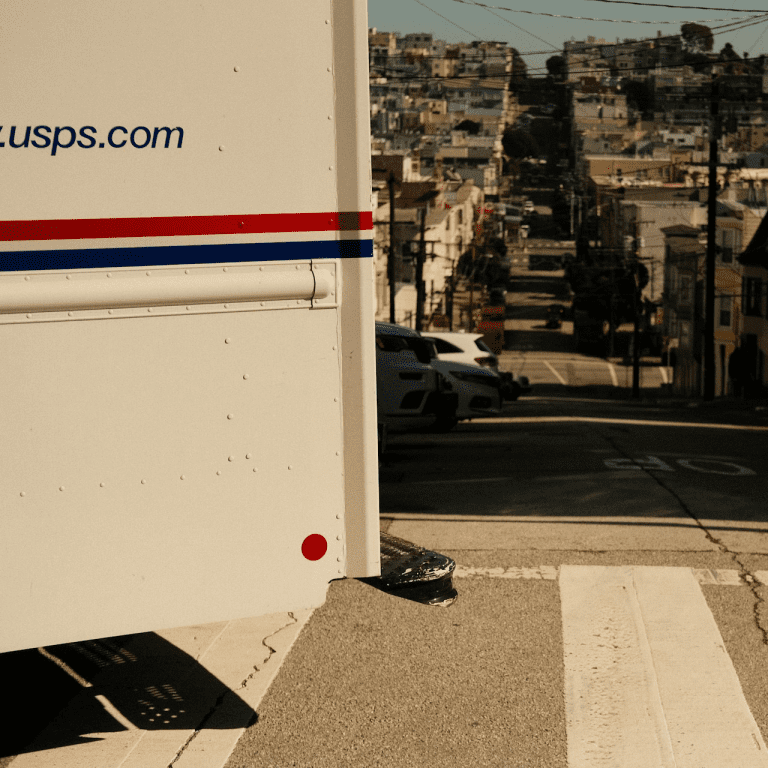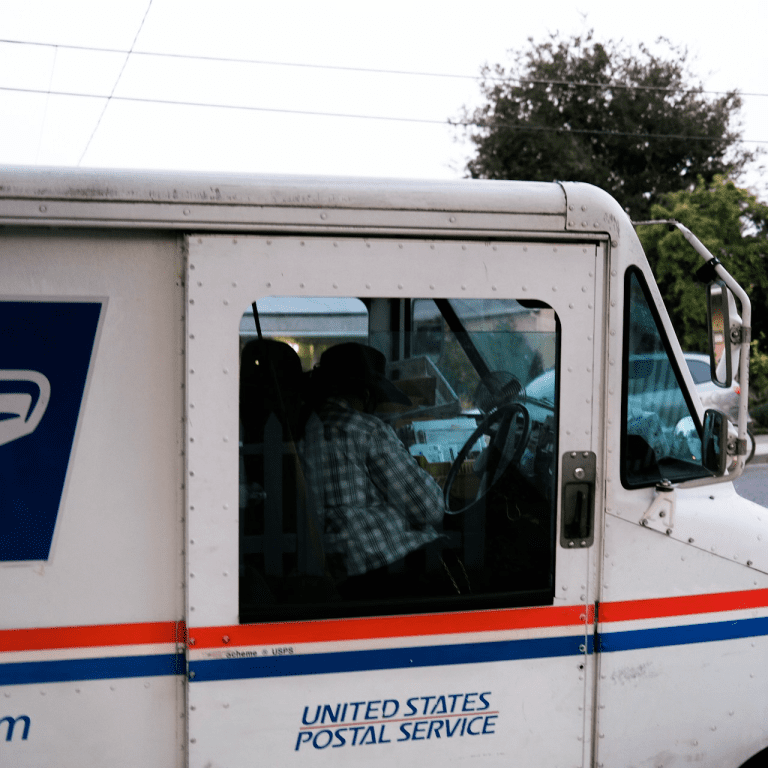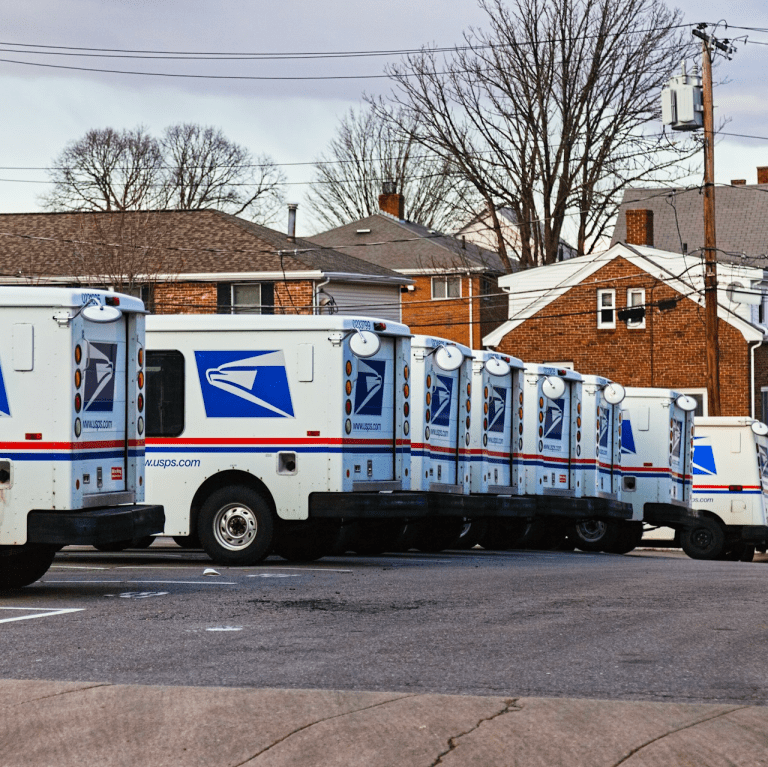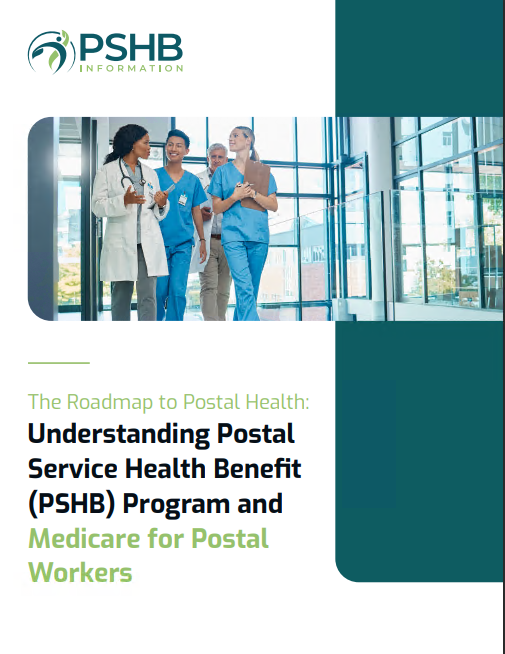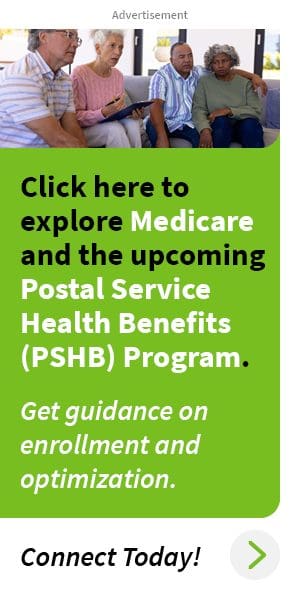Key Takeaways:
- The Postal Service Health Benefits Program provides new coverage options for postal employees and their families, which means it’s important to review your choices and ensure your loved ones are included.
- Understanding the enrollment process and the benefits offered will help you make informed decisions to protect your family’s health and future.
How to Make Sure Your Loved Ones Are Covered Under the New Postal Service Health Benefits Program
With the recent introduction of the Postal Service Health Benefits (PSHB) program, postal workers and their families have access to new healthcare options. As a federal employee or retiree, ensuring that your loved ones are adequately covered under this program is crucial. Navigating a new health benefits system can be overwhelming, especially if you’re unsure about what steps to take. In this article, we’ll break down the key components of the PSHB program and provide practical tips for making sure your family is protected.
Understanding the Postal Service Health Benefits Program
The PSHB program, which is a part of federal employee health benefits, was designed to provide postal employees and retirees with comprehensive healthcare coverage. It offers a range of health plan options that include medical, dental, and vision coverage. One of the most important aspects of this new program is ensuring that all eligible dependents, including spouses and children, are covered. By taking the time to review your options and complete the necessary steps for enrollment, you can safeguard your family’s healthcare needs.
Who Is Eligible for Coverage?
Under the PSHB program, postal workers, retirees, and their eligible family members can receive coverage. Eligible family members typically include spouses and dependent children under the age of 26. In some cases, adult children with disabilities may also qualify for coverage. It’s essential to verify who qualifies as an eligible dependent to avoid any gaps in coverage for your loved ones.
Common Misconceptions About Eligibility
There are a few misconceptions surrounding the eligibility of dependents in the PSHB program. For instance, some postal workers may believe that adult children over the age of 26 can remain covered if they are attending college or financially dependent. However, PSHB, like many other health programs, limits dependent coverage to children under 26, regardless of their educational or financial status. Therefore, it’s important to have a clear understanding of the program’s eligibility rules to prevent losing coverage for a family member unexpectedly.
How to Enroll Your Loved Ones
Enrolling your loved ones in the Postal Service Health Benefits program requires completing an enrollment process, either during the open enrollment period or following a qualifying life event (e.g., marriage, birth of a child, etc.). Here are the key steps to ensure that all of your eligible dependents are covered under your plan:
Step 1: Review Your Plan Options
Before enrolling, it’s important to review the available health plan options. The PSHB program offers multiple plans, so you’ll want to select the one that best fits the healthcare needs of you and your family. Each plan offers varying levels of coverage, network access, and additional benefits such as dental and vision care. Carefully evaluating these options can help you choose the right plan for your family’s needs.
Step 2: Gather the Necessary Documentation
To enroll your dependents, you will need to provide documentation verifying their eligibility. For instance, to cover a spouse, you will need to submit a marriage certificate. For children, birth certificates or adoption papers will be required. It’s helpful to have all of these documents ready before beginning the enrollment process to avoid delays.
Step 3: Complete the Enrollment Process
Once you’ve reviewed your plan options and gathered the necessary documentation, it’s time to complete the enrollment process. This can typically be done online through the PSHB portal or by submitting a paper application. Be sure to include all eligible family members in your enrollment application to ensure they are covered.
How to Manage Life Changes
Life is unpredictable, and your family’s healthcare needs may change over time. Whether it’s a new baby, a marriage, or a child aging out of the program, it’s important to update your PSHB enrollment to reflect these changes. Here are some of the common life events that may impact your family’s health coverage:
Adding a New Dependent
If you’ve recently married or had a child, you will need to update your enrollment to add these new family members to your plan. Generally, you have a limited window of time after the event (typically 30 to 60 days) to make these changes. Failing to update your coverage in time could result in a loss of benefits for your new dependent.
Removing a Dependent
If one of your children turns 26 or you experience a divorce, you will need to remove that individual from your plan. While it may be difficult to think about, failing to remove ineligible dependents can lead to complications with your coverage and potential penalties.
Special Enrollment Periods
There are specific times outside of the annual open enrollment period when you can make changes to your PSHB coverage, known as special enrollment periods. These periods are triggered by qualifying life events, such as changes in marital status, the birth of a child, or loss of other health coverage. Being aware of these periods ensures you can adjust your plan as needed to protect your loved ones.
How to Maximize Your Health Benefits
Once you’ve successfully enrolled your loved ones in the PSHB program, there are several strategies you can use to maximize your health benefits:
Regularly Review Your Coverage
It’s a good idea to periodically review your health coverage to ensure it still meets the needs of your family. Over time, your healthcare needs may change, and the coverage that was once sufficient may no longer be the best option. By reviewing your plan regularly, you can ensure your family continues to receive the best possible care.
Take Advantage of Preventive Care
Most health plans within the PSHB program offer preventive care services, such as annual physicals, immunizations, and screenings, at no additional cost. Ensuring your family takes advantage of these services can help catch health issues early and reduce the likelihood of costly medical expenses down the line.
Understand Your Out-of-Pocket Costs
While the PSHB program provides comprehensive coverage, it’s important to understand any out-of-pocket costs associated with your plan. This includes deductibles, copays, and coinsurance. Having a clear picture of what you may be responsible for financially will help you budget for healthcare expenses and avoid surprises.
Preparing for Open Enrollment
Each year, postal employees have the opportunity to make changes to their health coverage during the open enrollment period. This is a critical time to ensure that your current coverage still meets the needs of your family. Here are a few tips to prepare for open enrollment:
Assess Your Family’s Healthcare Needs
Before the enrollment period begins, take some time to assess the healthcare needs of your family. Has anyone been diagnosed with a new medical condition? Do you expect to have a major medical expense in the coming year? Understanding your family’s needs will help you select the right plan for the upcoming year.
Compare Plan Options
During open enrollment, it’s worth taking the time to compare your current plan with other available options. Even if you’re satisfied with your coverage, other plans may offer better benefits or lower costs. By comparing plans, you can make sure you’re getting the best value for your healthcare dollar.
Set a Reminder for Open Enrollment
Missing the open enrollment deadline can be costly, as you may be locked into your current plan for another year. Set a reminder for when the open enrollment period begins, and give yourself plenty of time to review your options and complete the enrollment process.
Making Sure Your Family Stays Covered
Ensuring that your loved ones are covered under the new Postal Service Health Benefits program is not a one-time task. It requires periodic reviews and adjustments to reflect changes in your family’s needs. By staying informed about your options and taking proactive steps to manage your coverage, you can ensure your family remains protected for years to come.


